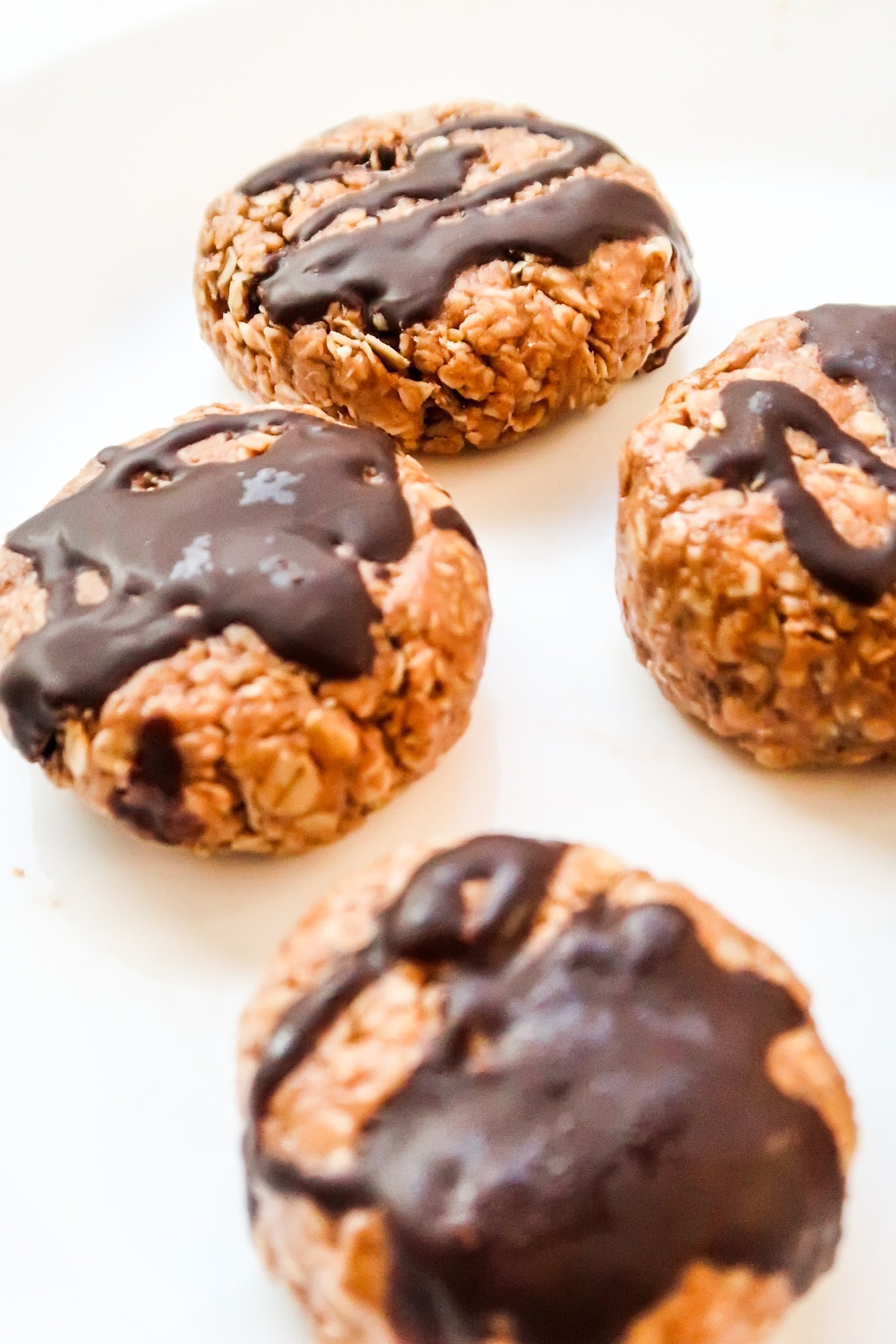
The EWG app is designed to be easy to use, especially since it has a search bar, so you can find any product in a matter of seconds. It is a useful tool for anyone trying to make an informed choice about what to eat and drink. The app has information on more than 2,500 food and household products, and you can save your favorite recipes for later. You can also read ratings and submit photos of products you'd like to see added to the database.
The EWG app can be a useful tool if you are concerned about your health. You can use it to research the safety of ingredients in thousands of products, from food to personal care products. The app allows you to scan barcodes and check for safety. The app also allows you to see the ratings of the products and make purchases directly through Amazon or Sephora.

The EWG app also gives you the details you need to make healthy food choices. The free app ranks food's nutritional content on a scale of one to ten and allows users to see which foods they can avoid by not eating them. The app also has a reference guide for essential oils, which can tell you which Young Living essential oils are best for different types of conditions and what their properties are. The app allows you to learn more about many ingredients and their drawbacks.
The Healthy Living App is another useful app that breaks down ingredients in products. It lets you see which ingredients you are getting good health and which are not. You can even compare two other apps that are similar in their functionality. Think Dirty is a similar tool, which rates products from one to 10 and gives you information on the ingredients in each product. It will also tell you about the health impacts of each ingredient.
The Environmental Working Group's Healthy Living App has information on cleaners, something that isn't available in most apps. It is a great way to find products safe for your family and the planet. The product barcode can be scanned to find a specific ingredient. This will give you an objective evaluation. When you're searching for a cosmetic, ensure you understand its ingredients. This app will make your life easier and safer.

The Environmental Working Group app also lets you check the safety of the food you're eating. It lists the ingredients and brands used in food that you've chosen. The EWG's Food Scores app can be used to compare brands or foods. Sunscreen Guide: The EWG's Sunscreen Guide is a great resource to help you make healthier choices. It has a color-coded system that will help you find safe products for your family.
FAQ
How much should I weight for my height and age? BMI calculator & chart
Use a BMI calculator to determine how much weight is needed to lose. Healthy BMI ranges between 18.5 to 24.9. Aim to lose 10 pounds per month if your goal is to lose weight. Enter your weight and height into the BMI calculator.
To see if you're overweight or obese, check out this BMI chart.
How does an anti-biotic work?
Antibiotics kill harmful bacteria. Antibiotics are used to treat bacterial infections. There are many options for antibiotics. Some are taken orally, some are injected, and others are applied topically.
Antibiotics are often prescribed to people who have been exposed to certain germs. To prevent shingles, an oral antibiotic may be prescribed to someone who has had chicken pox. For those with strep-thorphritis, an injection of penicillin could be administered to prevent them from getting pneumonia.
If antibiotics are to be administered to children, they must be prescribed by a doctor. Children are more susceptible to side effects from antibiotics than adults.
Diarrhea is one of the most common side effects of antibiotics. Other possible side effects include diarrhea, nausea and vomiting, allergy reactions, dizziness, dizziness, stomach cramps, nausea, vomiting or allergic reactions. Most of these symptoms disappear after the treatment is completed.
Is cold a sign of a weak immune response?
According to some, there are two types: people who love winter or those who hate it. It doesn't really matter whether you love winter or loathe it. You might be wondering why it makes you miserable.
The fact is that our bodies are designed for warmth and function best. We evolved to thrive in hot environments because of the abundance of food resources.
We live in a very different environment than our ancestors. We spend more time indoors and are often exposed to extreme temperatures (cold or heat) and eat processed foods rather than fresh.
Because of this, our bodies have become accustomed to extremes. It means that when we do go outdoors, we are often tired, sluggish or even sick.
However, there are some ways to reduce these effects. You can combat these effects by making sure you are well-hydrated all day. Hydration is key to keeping your body well hydrated, flushing out toxins and keeping your system healthy.
It is important to eat healthy foods. Consuming healthy food helps maintain your body's optimal temperature. This is particularly helpful for anyone who spends long periods of time inside.
It is worth taking a few extra minutes each day to meditate. Meditation can help you relax your mind, body and soul. This makes it easier to manage stress and illnesses.
What is the best way to live a healthy lifestyle?
Living a healthy lifestyle is one that encourages you to eat well, exercise regularly, get enough sleep, and avoids stress. If you follow these guidelines, you will be able to lead a long and healthy life.
It's easy to start small with your exercise and diet. You can lose weight by walking 30 minutes each day if you are looking to lose weight. If you're looking for a way to increase your activity, consider taking up swimming or dancing. An online fitness program such as Strava or Fitbit that tracks your activity could be a good option.
What is the difference between a virus and a bacterium?
A virus is an organism microscopic that can't reproduce outside its host cells. A bacterium is an organism that splits itself in two. Viruses are small, around 20 nanometers in size. Bacteria are much larger, at 1 micron.
Viruses are usually spread through contact with infected bodily fluids, including saliva, urine, semen, vaginal secretions, pus, and feces. Bacteria can be spread by direct contact with infected objects and surfaces.
Viruses can enter our bodies through cuts, scrapes, bites, or other breaks in the skin. They can also penetrate the skin through the eyes, nose or mouth.
Bacteria can enter our bodies through wounds, cuts, scrapes, burns, insect stings, or other breaks in our skin. They may also be introduced into our bodies through food and water as well as soil, dirt, dust, and animals.
Both viruses and bacteria can cause illness. Viruses can not multiply within the host. So they only cause illnesses when they infect living cells.
Bacteria can multiply within their hosts and cause illness. They can even invade other parts of the body. They can even invade other parts of the body, which is why antibiotics are necessary to eradicate them.
Do I have to count calories?
It is possible to wonder "What diet is best for me?" or "is counting calories necessary?" It depends on many factors such as your current health, personal goals, preferences, and overall lifestyle.
The Best Diet For Me - Which One Is Right For You?
The best diet depends on me, my health, my goals, my preferences and my overall lifestyle. There are many different diets, some good and some not so good. Some diets work better than others. What should I do? How do I make the right decision?
This article aims at answering these questions. The article starts by introducing the many types of diets currently available. Next, we'll discuss the pros and cons for each type of diet. The final step is to determine which one is right for you.
Let's first take a look at different diets.
Diet Types
There are three main types, low fat, high protein, or ketogenic diets. Let's take a look at them all below.
Low Fat Diets
A low fat diet means a diet that reduces the intake of fats. This is accomplished by decreasing the intake of saturated fats such as butter and cream cheese. You can replace them with unsaturated oils (olive oil and avocados) Low fat diets are often recommended to those who wish to lose weight quickly. This diet can cause problems such constipation as heartburn, indigestion, and even stomach pain. It can also lead to vitamin deficiencies, if someone doesn't get enough vitamins in their food.
High Protein Diets
High-protein diets limit carbohydrates and favor proteins. These diets have higher protein levels than other diets. These diets can help increase muscle mass and decrease calories. However, they might not provide enough nutrition for those who need to eat frequently. They may also be too restrictive and not suitable for everyone.
Ketogenic Diets
Also known as keto diets, ketogenic diets are also called keto diets. They are high-fat and low in carbs and protein. They are typically used by athletes and bodybuilders because they allow them to train harder and longer without getting tired. You must adhere to all side effects, including fatigue, headaches, nausea and headaches.
Statistics
- nutrients.[17]X Research sourceWhole grains to try include: 100% whole wheat pasta and bread, brown rice, whole grain oats, farro, millet, quinoa, and barley. (wikihow.com)
- According to the Physical Activity Guidelines for Americans, we should strive for at least 150 minutes of moderate intensity activity each week (54Trusted Source Smoking, harmful use of drugs, and alcohol abuse can all seriously negatively affect your health. (healthline.com)
- This article received 11 testimonials and 86% of readers who voted found it helpful, earning it our reader-approved status. (wikihow.com)
- According to the 2020 Dietary Guidelines for Americans, a balanced diet high in fruits and vegetables, lean protein, low-fat dairy and whole grains is needed for optimal energy. (mayoclinichealthsystem.org)
External Links
How To
How To Keep Your Body Healthy
This project was designed to offer some helpful suggestions to help you keep your body in good health. To maintain good health, the first step is to learn what you can do. We had to learn what was good for our bodies in order to do this. After looking at various ways people can improve their health, we discovered that there are many options that could be of help to us. Finally, we came up some tips that would make us happier and healthier.
We started by looking at different kinds of food. We learned that certain foods are bad for us while others are good. For example, we know that sugar is very unhealthy because it causes weight gain. Fruits and veggies, however, are good for us since they have essential vitamins and mineral that our bodies require.
Next, exercise was discussed. Exercise helps our bodies get stronger and gives them energy. Exercise can also make us happy. There are many exercises you can do. Walking, running, swimming and dancing are just a few of the many options. Yoga is another option to increase strength. Yoga is great for flexibility and improving breathing. We should avoid junk food and drink lots of water if we are trying to lose weight.
Last but not least, we discussed sleep. Sleep is one the most important things we do each day. Lack of sleep can lead to fatigue and stress. This can lead to issues such as back pain, depression and heart disease. It is essential that we get sufficient sleep in order to keep our health good.